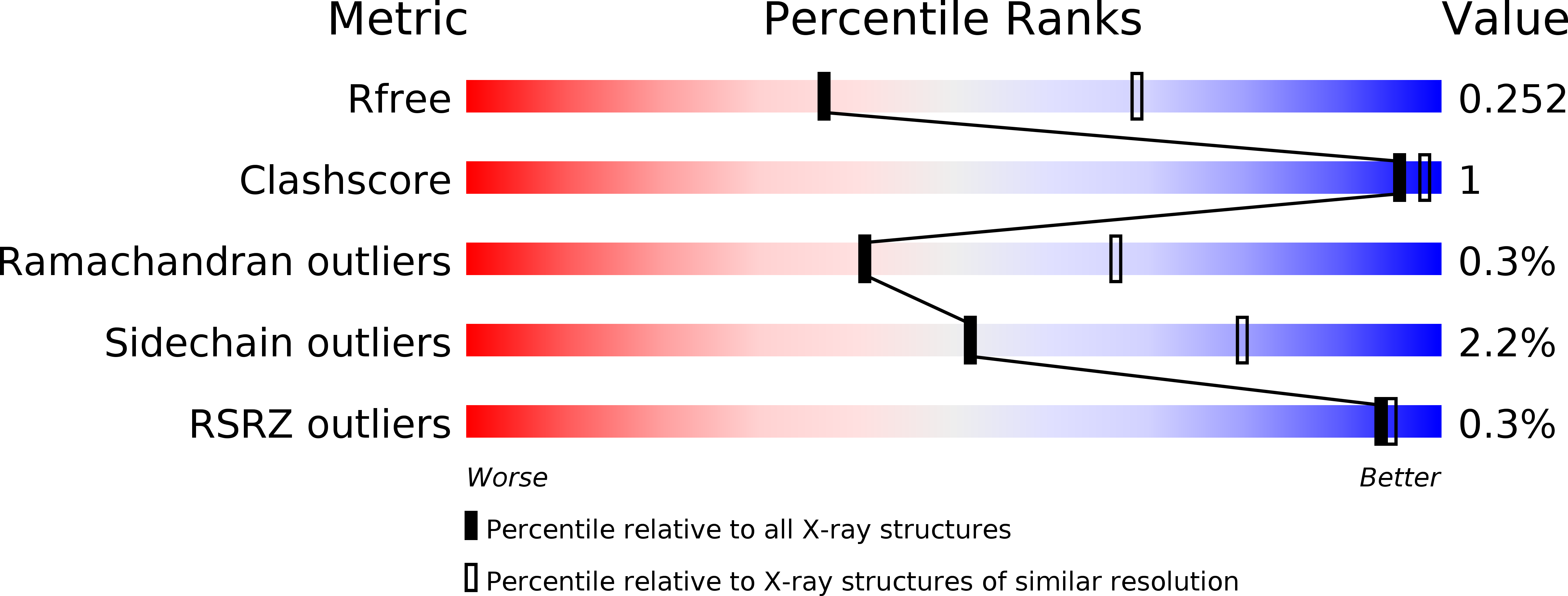
Deposition Date
2015-02-10
Release Date
2015-09-23
Last Version Date
2023-11-08
Entry Detail
PDB ID:
4Y2W
Keywords:
Title:
Crystal structure of a thermostable alanine racemase from Thermoanaerobacter tengcongensis MB4
Biological Source:
Source Organism:
Host Organism:
Method Details:
Experimental Method:
Resolution:
2.70 Å
R-Value Free:
0.25
R-Value Work:
0.21
R-Value Observed:
0.21
Space Group:
P 21 21 21


